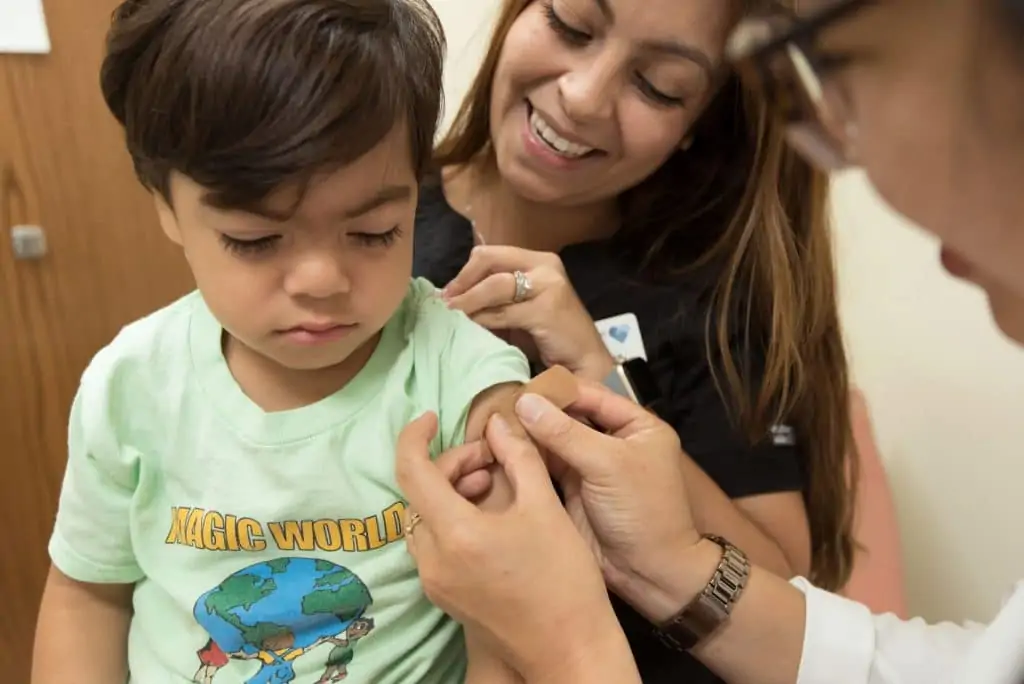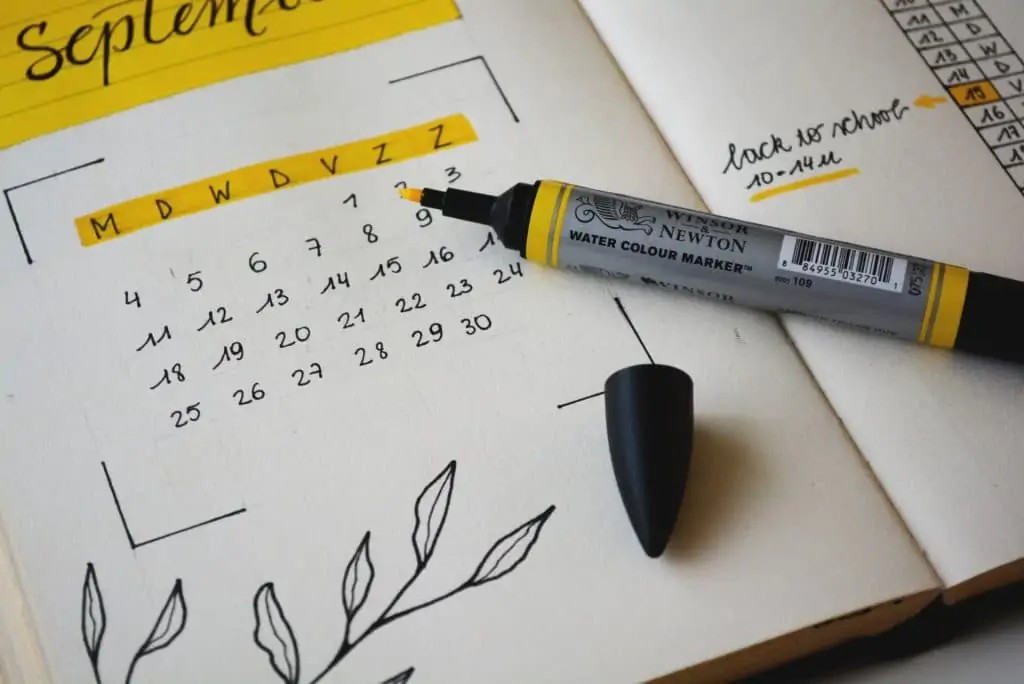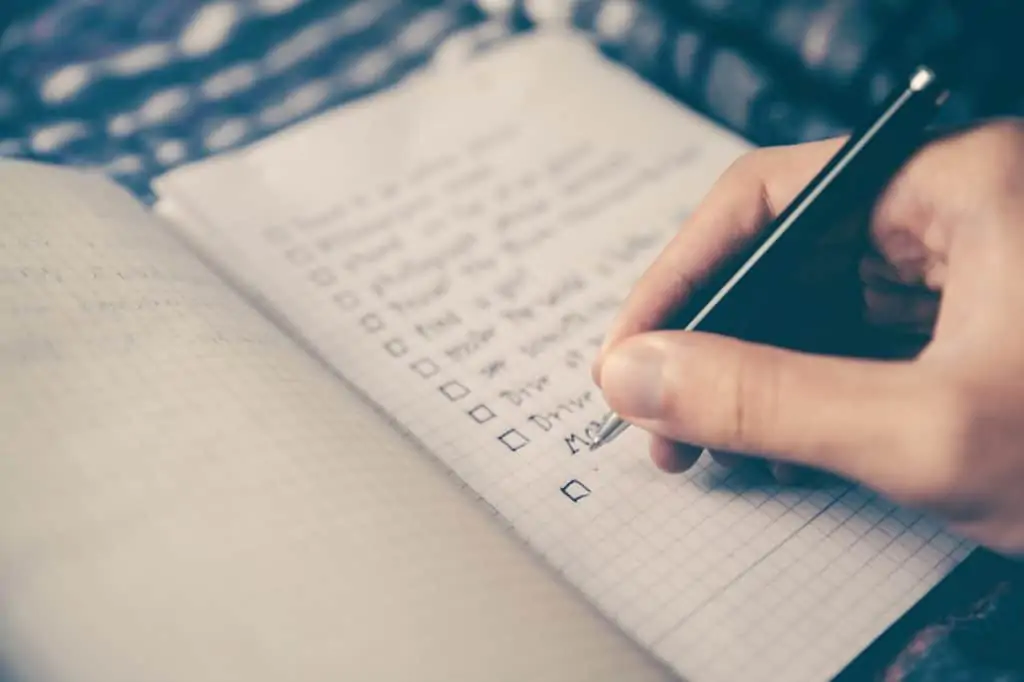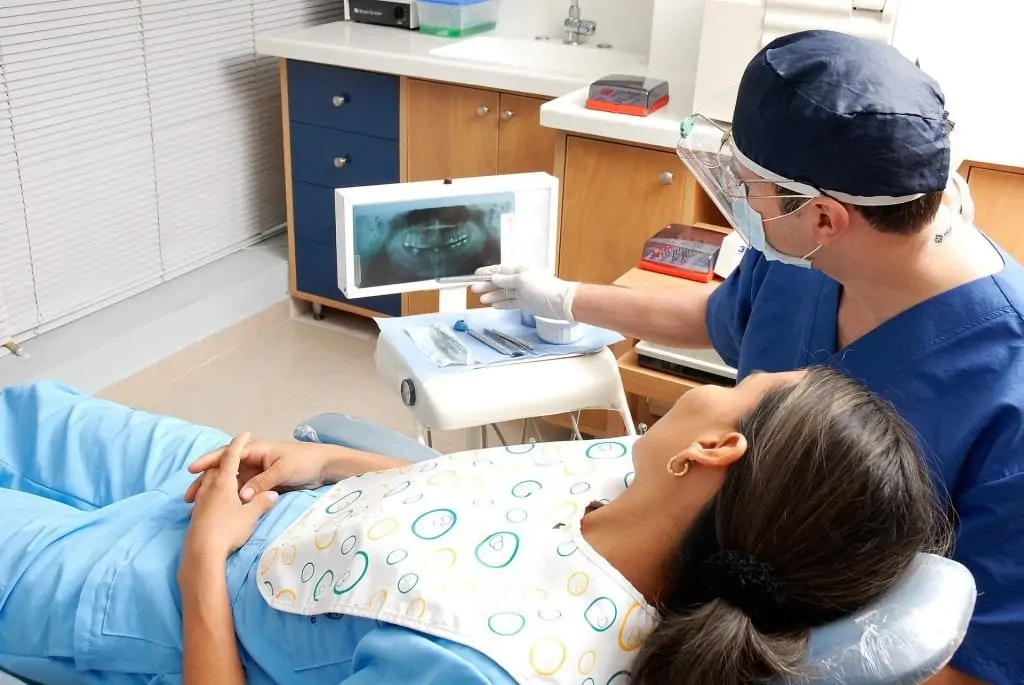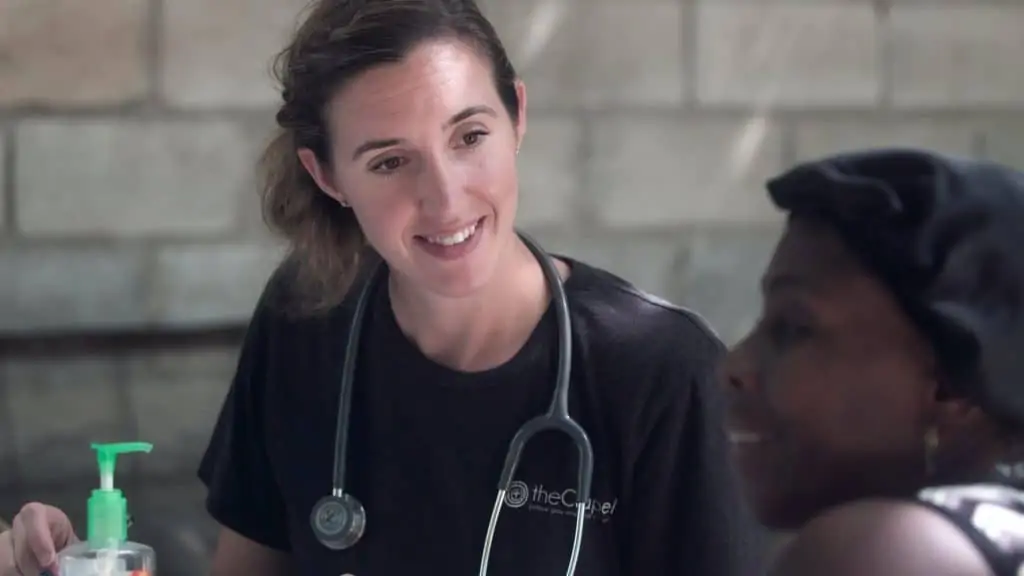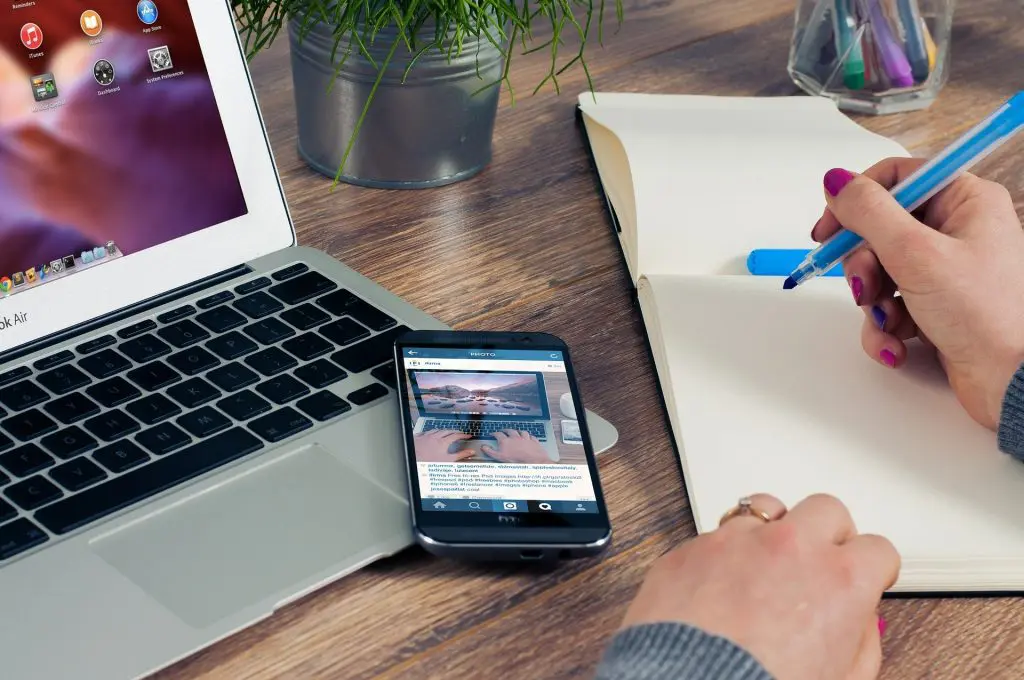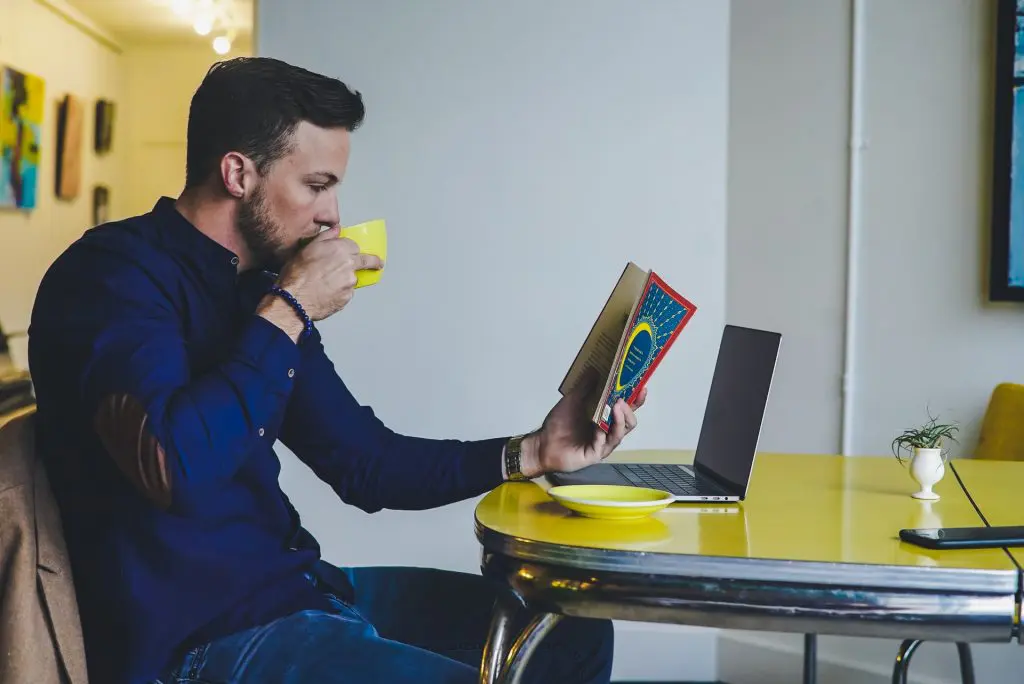Are you ready and know how to study for USMLE Step 2 CS? If you’re not quite sure, then you’re definitely going to want to check out the information that we have for you in this article. We’re going to talk all about this portion of your exam and what it really means for you. In fact, we’re going to look at some of the specifics of what’s going to happen in this test so that you can be fully prepared.
By the time you’re done here, you’re going to have more than just an idea of some step 2 CS flashcards. You’re going to have a full step 2 CS physical exam checklist and more. That way, when you get into that first room, you’re going to know exactly what to expect and how to take charge of the situation of how to study for Step 2 CS.
How is USMLE Step 2 CS Studying Different from Step 2 CK?
Studying for Step 2 CS is going to be quite different from the clinical knowledge portion because you’re going to learn about actually working with patients. When you take the clinical skills portion of the exam, you will be interacting with ‘patients’ who are presenting with different complaints. It’s your job to actually interact with them in a positive way, find out more about them and their complaints and make recommendations.
In the clinical knowledge portion of the exam, you will merely be exhibiting your understanding of topics and ideas in a general sense. This portion of the exam is taken on a computer and consists of multiple-choice questions like the step 1 exam. This means you study by merely reviewing information in books and in your other study materials.
What Skills are Important to Demonstrate on Step 2 CS?
When you are taking the Step 2 CS exam, you have a number of different skills that you need to exhibit, and not all of them are based on your medical knowledge. Some of these are also skills that you need to present about your general temperament and personality. Of course, some are related to the skills you have as a medical professional as well, so we’ll look at each of them.
1. Practice empathy.
One of the first skills you’re going to need to demonstrate is empathy. When you walk into a room to talk with your ‘patients’ during the exam, you need to show them that you care about them and that you want to help them.
2. Project confidence.
No one wants to go to a doctor who doesn’t seem confident in what they’re doing. When you talk to your ‘patients’ during this exam, you need to portray confidence and sound like you know what you’re talking about. Your proctor will see whether you actually do or not, but presenting with confidence, even if you have to tell the patient you don’t know, is a good start.
3. Be humble.
Even though you have to appear confident, you also want to be humble enough that you can relate to your patients. Keep in mind that you are being graded and scored based on how you interact with the patients, as well as how well you diagnose and make recommendations. You should portray a humble front when you are talking with anyone in these sessions.
4. Patient history taking.
Taking a patient history is a comprehensive process that requires you to ask a lot of questions and really evaluate and take notes on the answers you’re provided. You need to know what questions to ask and how to ask them in order to get the most information you can.
5. Conducting a patient exam.
You will be conducting an abbreviated patient exam when you are in the room. In this instance, it will be focused on whatever the chief complaint is that the patient provides you with, so focus only on this area as needed. You’ll need to know how to conduct an examination of different parts of the body, so you are prepared. You will not be asked to conduct any form of rectal, pelvic, genitourinary, inguinal hernia, female breast, or corneal reflex examinations.
6. Patient interaction.
You will be scored based on the communication that you have with each patient and how well you do in this regard. This will be partially based on the traits discussed above but will also be about how well you ask questions and answer questions, the way you conduct the examination, and other factors. Everything you do in interacting with the patient will be part of the final determination of pass or fail.
7. Note writing.
The notes that you write after a patient examination is the main component of the process. This process is going to be another component of the end score. Make sure you’re practicing how to write a concise but complete and accurate note recording of patient interactions, even if you have to make up your own patient interactions for practice purposes.
How Long Should You Study for Step 2 CS?
Studying for this portion of the exam is extremely important, and you could lose points and therefore wind up with a fail result for minor mistakes. You are required to pass at least 10 of the 12 cases that you will be exposed to, so it’s essential to spend an adequate amount of time studying. In general, you will want at least a month to study for this portion of the exam, though some may prefer to have a little longer.
During your study period, you should be studying information, including flashcards or question banks, to get the information and the background you need to be successful. You should also be practicing actual patient encounters with a partner so you can get familiar with the process, especially taking a patient history, conducting an exam, and figuring out the pertinent questions to ask in each case.

Tips on What to Do Before You Open the Door During Your Step 2 CS Exam
This is the part of your USMLE Step 2 that is going to be the most difficult, the CS portion, and the actual patient interaction. You want to make sure that you are preparing yourself well before you even walk into the door, so make sure you’re taking advantage of the couple moments that you have before you do. Look at these USMLE Step 2 preparation tips to get you going.
1. Take a deep breath.
This one may seem obvious, but it’s easy to get caught up in the moment and get too anxious. Take a deep breath and relax for a moment before you start. This will give you a chance to review the information and walk in, putting your best foot forward. You need to showcase confidence and compassion, after all.
2. Review the case brief.
Look at the information that you’ve been provided. You will have a brief note that tells you some defining characteristics of the patient as well as their chief complaint. Before you even walk into the room, have an idea of a few causes for that complaint or a few follow-up questions you want to ask to get to the root of it.
3. Write down the information.
You don’t want to jot down everything that’s on the page in front of you, but copy down a simplified version. If you have your own system, you might be able to use mnemonics to write out the patient history information before you start so you can refer to it when you get into the room.
4. Copy down details.
Anything on the sheet that is out of the ordinary or that will be important to creating a diagnosis should be jotted down on your notes as well. The significant differentials could be the difference between getting the right diagnosis and making a mistake that causes the case to be incorrect.
Tips on How to Be Effective at Taking the Patient History During USMLE Step 2 CS
When you’re ready to take the patient history, you need to be prepared, so let’s take a look at some of the top tips that you should consider for your Step 2 CS study plan. Taking the patient history is going to be one of the most critical parts of this entire process because taking history properly not only gives you a score on its own, but also helps you in creating a recommendation or diagnosis which is another part of the score you receive.
1. Ask open-ended questions.
Open-ended questions are important because they encourage the patient to open up to you and to share additional information. This is important because they may volunteer information that you may not have asked for. That information could be useful or essential in getting to the root of the problem at hand, or it could help you rule out something you thought might be the cause.
2. Explain things in laypersons terms.
Don’t use medical jargon when you’re taking a patient history. Yes, your proctor will understand it, and the patient, in this case, may or may not (depending on whether they are other medical students or not), but in a normal situation, your patient will not understand these terms. You want to speak in words that they will understand, or you’ll be marked down.
3. Summarize what you were told.
When the patient is done answering your questions, summarize everything that they told you to make sure you have it right. Summarizing it back gives you another opportunity to evaluate the information and form a conclusion, but it also allows for the opportunity to correct any mistakes you may have made in a professional way (that won’t hurt you in the long-run).
4. Ask if the patient understands.
You want to make sure that you know everything but also make sure you ask if the patient understands what you’re saying to them as well. Asking will give you a little bit of a bonus for grading purposes, and it’s going to allow your patient the chance to ask additional questions if they have any.
5. Ask if there’s anything else.
Specifically, ask your ‘patient’ if there is anything else they want to tell you. This is an crucial step because the patient may give you more information. They may also hint at something that could lead you to a follow-up question. You want to get as much information as possible, so make sure you’re taking every opportunity for this.
A Comprehensive Step 2 Physical Exam Checklist for Tackling the Step 2 CS Exam
When it comes time to take the actual Step 2 CS physical exam checklist and Step 2 CS ICE checklist, you want to make sure that you’re following through properly. Remember, you will not have time to conduct a full physical examination, and you will not be asked to perform physical examinations for certain areas of the body, including rectal, pelvic, genitourinary, inguinal hernia, female breast or corneal reflex.
If any of these would be called for based on the complaints, you are given simply note them as a ‘follow-up procedure’ and put them into your notes. Otherwise, take a look at these steps to a physical exam.
1. Wash your hands.
Even if you haven’t touched anything, you need to wash your hands before beginning this portion of the exam because you would do this for a valid physical exam. It promotes cleanliness and safety for the patient.
2. Start with the complaint.
Start with the area of the body that is most closely related to the patient complaint. If their primary concern is a pain in their leg, then start with the leg, then work to other areas that may be relevant to the situation or to the complaint that the patient has made. You will not have time to conduct a full exam so you must start in the most critical area first.
3. Talk to the patient the entire time.
Make sure that the patient is fully covered with the gown and drapes when you begin. As you set up for the exam, make sure your patient is comfortable and always ask permission before moving the gown or drapes or touching the patient in any way. Explain to them what you are doing at every step of the exam.
4. Be respectful and careful.
At all times, make sure to cover the patient as much as possible, revealing only the parts of the body that you absolutely must for the exam. Also, be careful not to hurt the patient in the process of the examination. You should be gentle about any movements or examination that you do.
Tips on Counseling the Patient When Closing the Visit for USMLE Step 2 CS
When it comes to closing out your visit with a patient, there are specific criteria that you must meet as well. The proctor who is observing your interaction will watch for the way that you close out the meeting and how you interact with the patient. You should also be friendly, polite, and respectful of the patient, even when you are ending the interaction.
1. Provide counsel on improving health.
If the patient is a smoker, for example, make reference to smoking cessation programs. Make sure the counsel you provide is relative to the history the patient provided and the examination that you conducted but do not add any other factors while working through this part of the process.
2. Answer any questions.
The patient may have difficult questions, and it’s crucial that you answer these in an empathetic and polite fashion. You want to make sure you’re discussing any fears that they may have or concerns about what needs to be done next or what specific symptoms might mean.
3. Let the patient know what you know.
Discuss what you found through the combination of the history and the exam. You’ll want to explain both the positive and negative factors and make sure you do so in a way that your patient will be able to understand fully. Be compassionate and empathetic as you express any negative findings.
4. Explain the next step.
You want to explain what the next steps will be, including any further testing that is needed or any course of treatment that should be followed. Remember, the purpose of this is that you are simulating a real experience with a patient, and you must explain what they need to do to follow-up. Include any additional appointments that should be made or when you should see them next.
5. Always say thank you.
Tell the patient, thank you when you leave the room and make sure to say goodbye. Be friendly and polite right to the moment you walk through the door. You shouldn’t end the conversation abruptly and walk out of the room. The patient should feel cared for, and like you are paying attention to them right until you walk out.
6. Skip medical jargon.
A real patient isn’t going to understand your medical jargon, so avoid it if at all possible. If you absolutely need to use a medical term for something, make sure that you use it and then explain it thoroughly and ask the patient if they understand.
Tips and Tricks on Effective USMLE Step 2 CS Patient Notes
Are you ready to get started writing out your USMLE Step 2 CS patient note? If you are, then this is what you’re going to need to do. You need to make sure that the notes are complete and that they are written in a concise fashion. You should have good notes taken from the encounter that you had so you can very quickly summarize them into a cohesive statement. Keep in mind you only have 10 minutes to write up the note unless you took less time with the encounter.
1. Write in narrative format.
You are allowed to write in bullet point format; however, it’s generally better to write out a narrative about the encounter that you had. This entire experience is done on a computer, so things like the vital signs are able to be copied directly from the instructions you’re provided at the beginning.
2. Do not make up anything.
You are only allowed to use information that was provided to you before you began and information that you learned from the patient history or patient examination. Do not add or embellish anything that you found to make it better fit the diagnosis or the findings that you have come up with.
3. Discuss specific points.
Include positive and negative factors relative to your diagnosis. Include factors from both the patient history and the patient examination. Include information about how these support or detract from different findings and especially how they point to one diagnosis over another.
4. Use medical terminology.
This is where you will use the medical terminology and abbreviations. Your patient notes will be evaluated and reviewed by someone who does have the proper training in these terms, and they will score you based on using the right vocabulary.
5. Provide multiple possible diagnoses.
You should never discuss only one possible diagnosis. Include at least two and preferably three different possibilities based on the symptoms, chief complaint, patient history, and patient exam. You should explain various reasons that support and detract from each diagnosis as well as which is the most likely option.
6. List any follow-up testing you would recommend.
Make sure that you make a note of any additional testing that you would recommend in order to make a firm determination or any specific notes and recommendations that you gave to the patient regarding their treatment.
7. Use any extra time.
If the patient encounter did not take the full 15 minutes, any extra time will be allowed for your patient note. If you were able to finish the patient encounter quickly, make sure you use this time to create a more comprehensive and powerfully written patient note that shows you were able to get the information you needed and make a strong recommendation.
How to Study for Step 2 CS Alone
When it comes to studying for the Step 2 CS, it’s generally going to be easiest if you do so with a partner; however, you may not always have someone that you can practice with. If that’s the case, you need to know the right process and procedure for studying entirely on your own. This is going to be the best way to go about it:
1. Use First Aid.
The First Aid book will be a great resource because it offers clinical prompts with a brief amount of information about a patient before it begins the history, exam, and case. You can use the case brief to create an idea of what is happening in this situation or a few diagnostic tests that could be performed as well as potential diagnoses. Then read through the information to find out if you’re correct.
2. Use a doll for physical examination.
A doll will help you go through the steps of the physical examination, and you can use this in conjunction with the cases in First Aid to know where to focus your examination. Make sure that you carry it out as if the doll were a real person, including asking questions and interacting in a positive way.
3. Work with a family member.
If you have a family member or friend who is willing to help out, ask them to be the patient for you. They don’t need to be in medical school with you. Just give them the case brief and have them answer a patient history or ask them to let you perform a physical examination. This will give you at least a little more practice without a medical student to assist.
Must Have Supplemental Materials for Your Step 2 CS Test Prep
When it comes to the Step 2 CS, there are a few supplemental materials that can make a good amount of difference for you. We’ll talk about the best Step 2 CS resources that we think you should absolutely be using and just why they’re going to be so crucial for your practice, but we’re going to start with the one that could give you the best background, First Aid.
1. First Aid.
When it comes to books for USMLE Step 2 CS, this book gives you the most information. It offers cases and case briefs that you can use to study and review information. This can help you with coming up with a diagnosis based on limited information and with understanding how to ask questions in order to get the information you need from a patient.
2. Kaplan, Step 2, CS Lecture Notes.
Kaplan is a reliable test prep company and for a good reason. This book gives you lecture notes and realistic cases that are very similar to what you will find in the actual exam, making it possibly the best way to prepare for Step 2 CS. It also has strategies that you can use to get through some of the problems or difficult situations you may face when you’re taking the actual exam. Not only that, but it helps to present everything in ways that are easy to understand.
More Advice from Past Medical School Students on How to Study for Step 2 CS
Finally, let’s take a look at some information that past medical students would like you to know. These are some basic things that they wish they knew when they were taking the CS exam. That way, hopefully, you can learn from some of their questions or mistakes and get a better score on your own Step 2 CS exam because they’re some of the best resources for Step 2.
1. Use active listening.
The most important part of this entire process is for you to listen to the patient, so always paraphrase what the patient says back to them. This lets them know that you were listening and lets you double-check that you heard all of the information accurately.
2. Practice a patient history ‘cheat sheet.’
Prepare a cheat sheet in advance while you are practicing that goes through the critical patient history questions. Then, make sure that you’re asking each of these questions as you practice. When you get to the actual exam, you’ll be better able to remember the important questions that you identified.
3. Use pertinent negatives in your notes.
Don’t overlook the negatives that are relative to your findings. Use these to help support your diagnosis or determination. These relevant differentials are going to be an essential part of the notes portion.
4. Take your test early.
Don’t put it off. Just get your practicing done and then get your test scheduled. If you have an idea of when you want to take it to schedule it as soon as the opportunity is there. You don’t want to miss out on the time block that you want because test opportunities filled up.
Wrapping Things Up: How to Study for USMLE Step 2 CS
In general, the best thing you can do is be compassionate and empathetic with your patient. Read through all of the information that you’re provided about your patients and practice coming up with a diagnosis based on limited patient information. Likewise, make sure you learn how to take a patient history that is in-depth but quick and how to conduct a focused physical examination on different areas of the body based on patient information. By following this process, you will be able to get accurate answers on more of your cases.
If you liked this post, you’re in luck! We cover how to study for other USMLE Step exams as well:
We also give a ton of free medical school study tips on our site that you can check out here.




